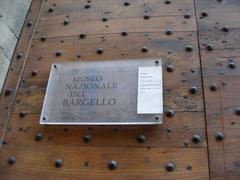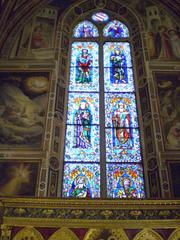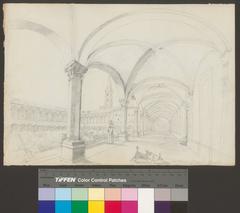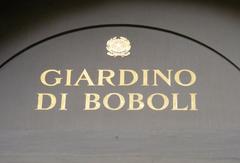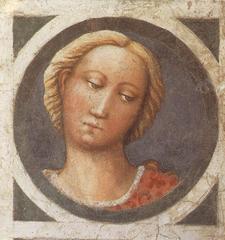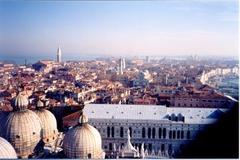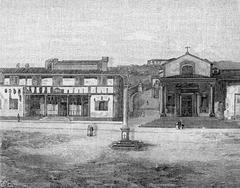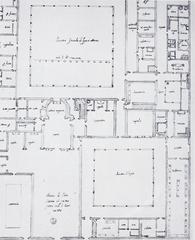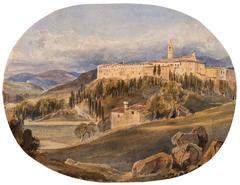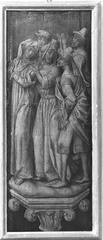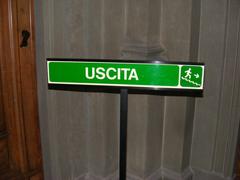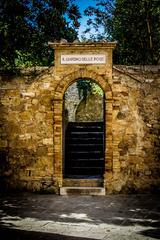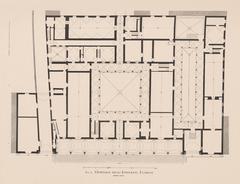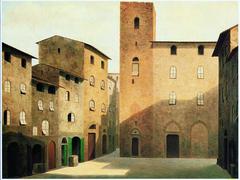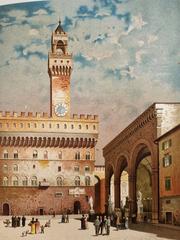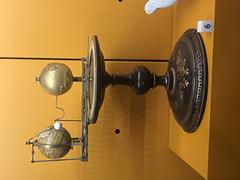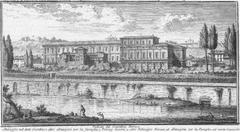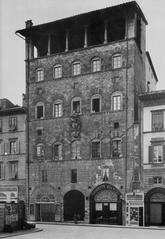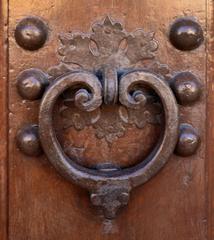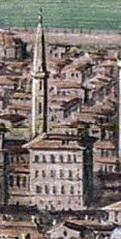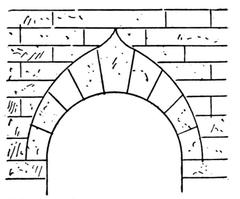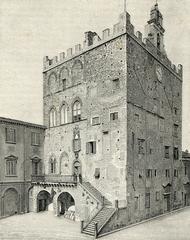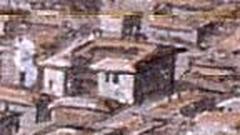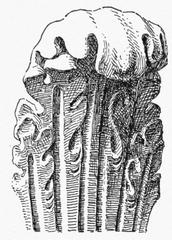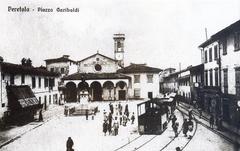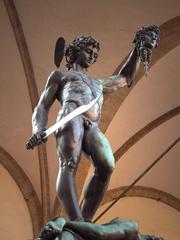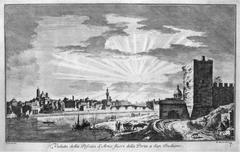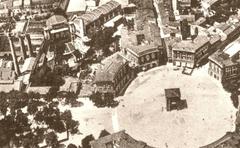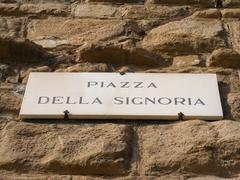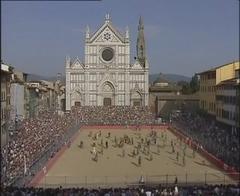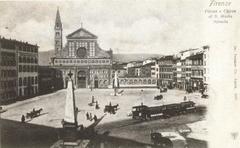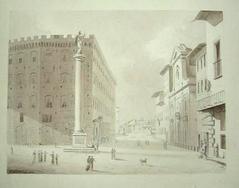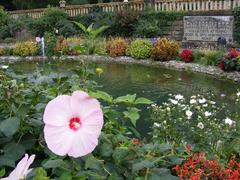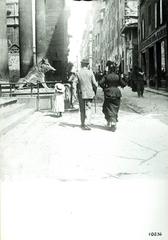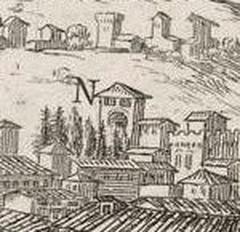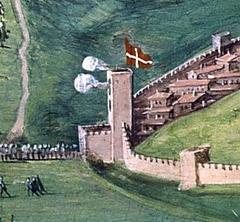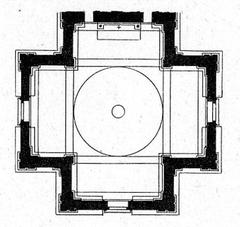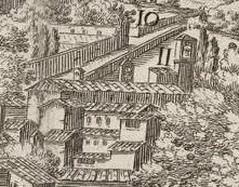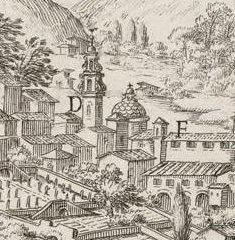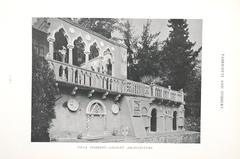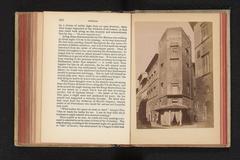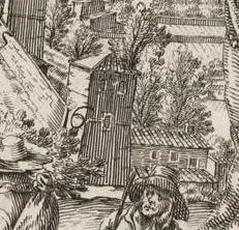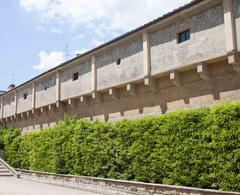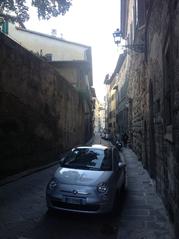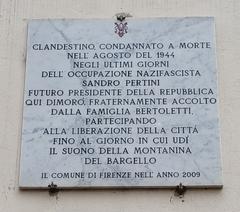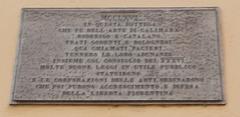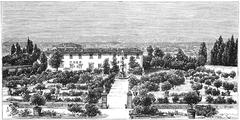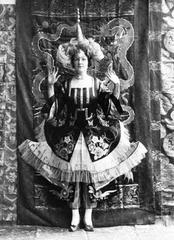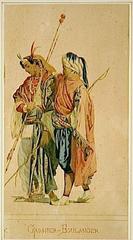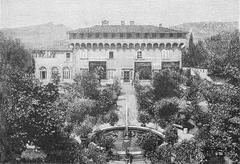Comprehensive Guide to Visiting Riccardi Medici Palace, Florence, Italy
Published Date: 18/07/2024
Introduction to Riccardi Medici Palace
Nestled in the heart of Florence, Italy, the Riccardi Medici Palace is an architectural marvel and a symbol of the Renaissance era’s artistic and cultural achievements. Commissioned by Cosimo de’ Medici in 1444 and designed by the renowned architect Michelozzo di Bartolomeo, the palace stands as a testament to the Medici family’s profound influence on art, politics, and culture (Florence Inferno). Over the centuries, the palace has evolved, reflecting the changing tastes and styles of different periods, particularly the Baroque modifications introduced by the Riccardi family in the 17th century. Today, the Riccardi Medici Palace serves as a museum and a cultural center, offering visitors a unique glimpse into the opulent lifestyle and artistic patronage of one of history’s most powerful families (Visit Florence). Whether you are an art lover, a history enthusiast, or a curious traveler, this comprehensive guide will provide you with all the essential information you need to make the most of your visit to this iconic Florentine landmark.
Table of Contents
- Introduction
- History of the Riccardi Medici Palace
- Visitor Information
- Notable Artworks and Collections
- Role in Florentine Politics
- FAQ
- Conclusion
- References and Further Reading
History of the Riccardi Medici Palace
Origins and Construction
The Riccardi Medici Palace, located in Florence, Italy, is a quintessential example of Renaissance architecture. The palace was commissioned by Cosimo de’ Medici, the patriarch of the Medici family, in 1444. The design and construction were entrusted to the renowned architect Michelozzo di Bartolomeo, a pupil of the famous sculptor Donatello. Michelozzo’s design was revolutionary for its time, blending classical Roman elements with innovative Renaissance features. The palace was completed in 1460, marking a significant milestone in the architectural landscape of Florence (Florence Inferno).
Medici Family Residence
The Medici family, one of the most powerful and influential families in Renaissance Italy, used the palace as their primary residence. The Medici’s patronage of the arts and sciences is well-documented, and the palace served as a hub for intellectual and artistic activity. Notable figures such as Michelangelo, Leonardo da Vinci, and Sandro Botticelli were frequent visitors. The palace’s design reflected the Medici’s wealth and status, featuring grand courtyards, opulent rooms, and extensive gardens (Visit Florence).
Architectural Significance
The Riccardi Medici Palace is a masterpiece of Renaissance architecture. Michelozzo’s design incorporated several innovative features, including rusticated stonework on the ground floor, which gave the building a robust and imposing appearance. The upper floors were adorned with smooth ashlar masonry, creating a striking contrast. The palace also featured a central courtyard, inspired by ancient Roman villas, which became a standard element in Renaissance palaces. The use of classical columns, pilasters, and arches further emphasized the building’s connection to antiquity (The Florentine).
Transition to the Riccardi Family
In 1659, the Medici family sold the palace to the Riccardi family, who undertook extensive renovations and expansions. The Riccardi family added a new wing to the palace, as well as a grand staircase and several opulent rooms. They also commissioned a series of frescoes by the Baroque artist Luca Giordano, which remain some of the palace’s most celebrated features. The Riccardi family’s modifications reflected the changing tastes and styles of the Baroque period, while still preserving the building’s Renaissance core (Florence Art Guide).
The Chapel of the Magi
One of the most significant additions made by the Riccardi family was the Chapel of the Magi, a private chapel adorned with frescoes by the artist Benozzo Gozzoli. The frescoes, completed between 1459 and 1461, depict the Journey of the Magi to Bethlehem and are considered some of the finest examples of Renaissance art. The vibrant colors, intricate details, and lifelike figures make the chapel a must-see for visitors. The frescoes also include portraits of several members of the Medici family, further emphasizing their influence and legacy (Museums in Florence).
Visitor Information
Ticket Prices and Visiting Hours
The Riccardi Medici Palace is open to visitors daily. Standard tickets are priced at €10, with discounts available for students, seniors, and groups. The palace is open from 9:00 AM to 7:00 PM, allowing ample time to explore its many attractions. For the most up-to-date information on ticket prices and visiting hours, visit the official website (Palazzo Medici Riccardi).
Guided Tours and Travel Tips
Guided tours are available and highly recommended for those who wish to gain a deeper understanding of the palace’s history and art collections. Tours typically last about 90 minutes and can be booked in advance online. The palace is centrally located, making it easily accessible by foot from other major attractions in Florence, such as the Duomo and the Uffizi Gallery. Don’t forget to bring a camera, as there are numerous photographic spots within the palace and its gardens.
Special Events and Exhibitions
The Riccardi Medici Palace frequently hosts temporary exhibitions and cultural events, continuing its legacy as a center for art and culture. Check the palace’s official website for information on upcoming events and exhibitions during your visit.
Notable Artworks and Collections
The Riccardi Medici Palace houses an impressive collection of artworks, including paintings, sculptures, and decorative arts. In addition to the frescoes by Benozzo Gozzoli and Luca Giordano, the palace’s collection includes works by other renowned artists such as Filippo Lippi and Fra Angelico. The palace’s extensive library, established by the Riccardi family, contains a wealth of historical manuscripts and rare books, making it a valuable resource for scholars and researchers (Florence Museums).
Role in Florentine Politics
Throughout its history, the Riccardi Medici Palace played a crucial role in the political life of Florence. The Medici family used the palace as a base for their political operations, hosting meetings with other powerful families and foreign dignitaries. The palace’s strategic location in the heart of Florence made it an ideal center for political activity. Even after the Medici family moved to the Palazzo Pitti, the Riccardi Medici Palace remained an important symbol of their power and influence (Florence Web Guide).
FAQ
Q: What are the Riccardi Medici Palace visiting hours?
A: The palace is open daily from 9:00 AM to 7:00 PM.
Q: How much are tickets for the Riccardi Medici Palace?
A: Standard tickets are €10, with discounts available for students, seniors, and groups.
Q: Are guided tours available?
A: Yes, guided tours are available and recommended. They can be booked in advance online.
Q: What are some nearby attractions?
A: The Riccardi Medici Palace is close to the Duomo and the Uffizi Gallery, making it easy to visit multiple sites in one day.
Q: Can I take photos inside the palace?
A: Yes, photography is allowed, so be sure to bring your camera.
Conclusion
The Riccardi Medici Palace is a testament to the artistic and architectural achievements of the Renaissance. Its rich history, stunning architecture, and impressive art collections make it a must-visit destination for anyone interested in the cultural heritage of Florence. Whether you are an art lover, history buff, or simply a curious traveler, the Riccardi Medici Palace offers a unique and unforgettable experience. For more information, check out the official website or follow us on social media for updates (Florence Guide).
References and Further Reading
- Florence Inferno. Palazzo Medici Riccardi. Retrieved from https://www.florenceinferno.com/medici-riccardi-palace/
- Visit Florence. Palazzo Medici Riccardi. Retrieved from https://www.visitflorence.com/florence-museums/palazzo-medici-riccardi.html
- Museums in Florence. Palazzo Medici Riccardi. Retrieved from https://www.museumsinflorence.com/musei/Palazzo_Medici_Riccardi.html
- Florence Art Guide. Palazzo Medici Riccardi. Retrieved from https://www.florenceartguide.com/palazzo-medici-riccardi/
